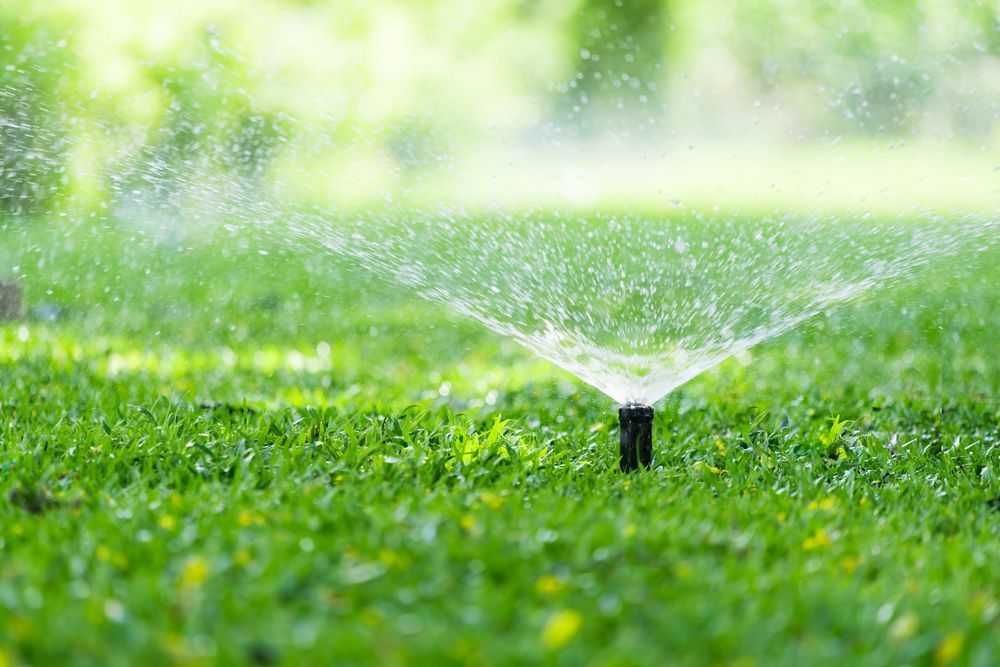Important Benefits of Aeration for Your Lawn
Why is Aerating Your Lawn Super Important?
Aerating, otherwise known as core aeration, is a simple yet crucial factor for achieving one of the nicest yards on your block. A machine equipped with heavy-duty tines that penetrate the ground which pull up plugs of dirt that are ½” in diameter and 1-3” inches in length has several advantages in boosting the health of your lawn and your appreciation for the exterior of your property.
Importance of Seasonal Aeration
There are many upsides and reasons as to why a yard should at minimum be aerated once a season. One thing this task accomplishes is that it allows oxygen, a key ingredient, to enter the playing field and enhance plant growth. To go along with that, aerating drastically improves water intake while simultaneously helping to prevent any runoff from heavy rainfall. If you’re noticing that your yard is turning brown/yellow in certain areas and are confident that it is receiving the proper amount of water, then scheduling an aeration job might be the right course of action. Aerating also helps alleviate and prevent soil compaction from occurring. Soil compaction is when the dirt becomes so compacted that oxygen and water cannot flow through the ground. For example, imagine how much traffic a football field or the grass in a city park experiences on a regular basis. These activities lead to the soil becoming more compacted and thus needing to be aerated. This is how the outfield and infield grasses on an MLB baseball field stay in pristine condition throughout the season. As a last note, this service will also help mitigate any excess thatch in your yard. Thatch is defined as the organic matter located above the soil but below the grass that is mainly comprised of dead matter such as grass clippings, leaves, roots, and other natural materials. Having an appropriate amount of thatch is great as it provides cushioning for whenever you take a stroll in your backyard, but too much of it can choke out your yard by not letting it breathe properly. If your yard has more than ½” of thatch, a combination of dethatching and aerating is sure to solve the issue!
Tip: Overseeding and fertilizing should be done directly after aerating a lawn in order to force those nutrients into the ground and increase growth results!
When to Aerate
Under most circumstances, it is wise and most appropriate to aerate a lawn during its growing season. Growing stages for cool season grasses such as tall fescue and Kentucky bluegrass remain in the early spring and fall while warm season grasses such as bermuda and buffalo grass are in the late spring and summer portions of the year. Aerating in the appropriate timeframe allows the yard to fully recover from the process while maximizing effectiveness.
Indications You Should Aerate
While it is standard and good practice to aerate at least once a season or hire a specialist to visit your property to conduct a soil test, you as a property owner can sometimes make this decision yourself depending on these conditions: Your yard isn’t draining properly, the grass isn’t growing as well compared to previous seasons, there is more than ½” of thatch (brown/yellowish looking organic material right beneath the grass) in your yard, and if you have experienced or live in a location where soil compaction is a common issue. These are some indications on whether your property needs core aeration.

Contact
(316) 303-5859
cainslawnmaintenance316@gmail.com
Service Area
Wichita, KS
Hours
Monday - Friday from 7 A.M. to 5 P.M.
Quick Links
All Rights Reserved | Cain's Lawn | Privacy | Powered by Aletheia Digital


